The prestigious magazine dedicated to the paper sector, El Papel, has spoken to Miguel Sánchez, our president and CEO, to talk about the investment plan to redirect part of the production towards packaging paper. Since Papresa was acquired by the German fund Quantum Capital Partners in 2020, the rebuilding of one of our three machines, the PM5, has been underway.
By Sophie Ozanne, El Papel
In March 2021, Papresa commissioned Voith to convert the PM5 from newsprint to testliner and fluting at its Errenteria mill. One year later, in March 2022, the PM5 was successfully commissioned. This operation represents around 30 million euros, and is part of the strategic plan designed by Quantum Capital Partners, which amounts to a total of 50 million euros. The new PM5 has a reel width of 5400 mm, a design speed of 1200 m/min and a capacity of 205,000 tonnes per year of testliner and corrugating paper.
“We believe that the very sharp drop in newsprint demand globally – due to the advent of the electronic newspaper – has been offset by a loss of capacity: newsprint producers have been gradually disappearing and large groups have been closing facilities or converting mills,” explains Miguel Sanchez, the company’s president and CEO. “That is why our strategic idea, from day one, was to convert only part of our production to packaging, leaving us as the only newsprint manufacturer in southern Europe and North Africa. We believe this is the right strategic move because newsprint is not going to disappear in the end. We want to remain a newsprint manufacturer. We have a state-of-the-art newsprint machine, machine 6, one of the last to be installed in Europe”.

“In packaging paper, the conversion of machine 5 was a complete rebuild, from the wet end, the press section, the pre-dryer and speedsizer to the post-dryer. The entire machine was completely removed and the new one was rebuilt,” Sánchez emphasises.
“The conversion of machine 5 to packaging has been a complete rebuilding”.
To achieve the desired increase in capacity of the paper machine, the existing press section was extended with a shoe press. To improve the quality of the final paper, new steel cylinders with higher steam pressure were installed in the last two groups of the pre-drying section, as well as a filmpress with a new post-drying section. In addition, investments were made in a more efficient reel changeover system with a new turning system. Voith also supplied a complete set of new vestment for the PM5.
“With this new machine, we have the capacity to produce all packaging papers on the market, from fluting to testliners, semi-chemicals and speciality papers. The great characteristic of Papresa is that we are one of the few manufacturers that can produce low grammage papers and we focus on a range of products from 65 g/m2 to 125 g/m2,” says Sánchez. This gives Papresa a very important range of possibilities and allows it to respond to the current high demand for low-weight papers in a wide variety of applications. “We have launched a line of products for the pharmaceutical sector, a 40 g/m2 100% recycled paper that holds the same as virgin fibre. We also manufacture special recycled products, such as tablecloths for the catering industry or coloured papers,” he says.
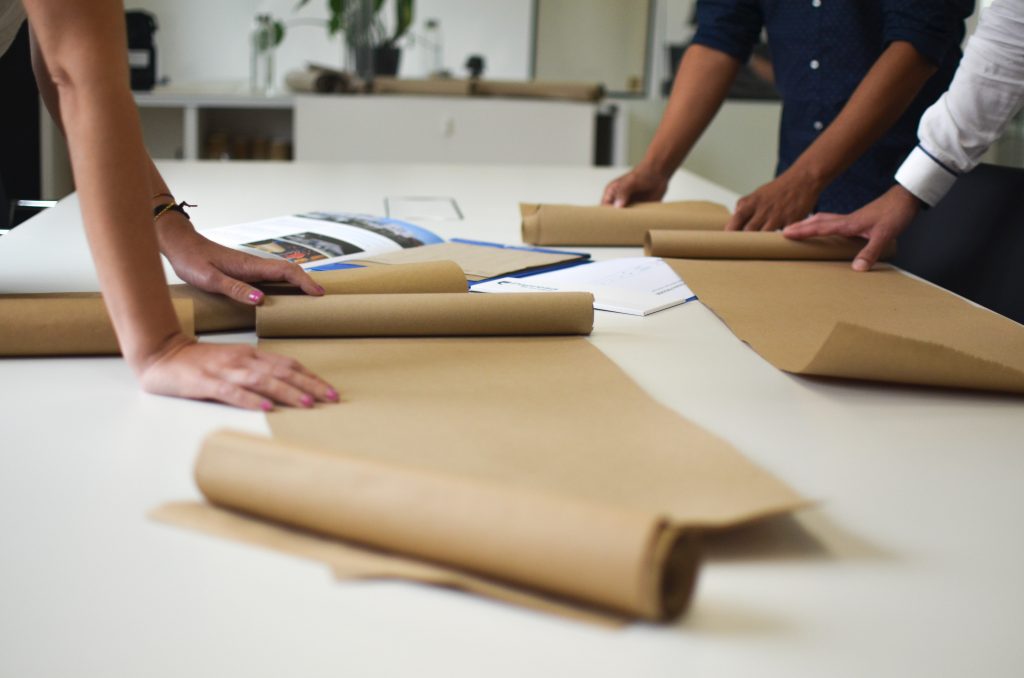
This positioning has been possible thanks to Papresa’s long experience in newsprint and its know-how in terms of high speed. “In our case, from a runnability point of view, the conversion of a newsprint machine has allowed us to more easily reach these weights of 65, 75 and 80 g/m2. For a machine that specialises in high grammage paper, making low grammage paper costs more”.
“Papresa’s main characteristic is that we specialise in low grammages”
Papresa serves all cardboard box manufacturers, whether integrated or not, and sells from the smallest to the largest, in Spain, Portugal, France, Italy, the United Kingdom, the Maghreb, Belgium, Holland and Germany. The Gipuzkoa-based company’s commitment now, both for newsprint paper and packaging, is to sell much more locally, firstly for profitability and also from a commercial and environmental point of view. “Our vocation is to be the leading independent local supplier for packaging and newsprint on the Iberian Peninsula, with a total production of 400,000 tonnes”.
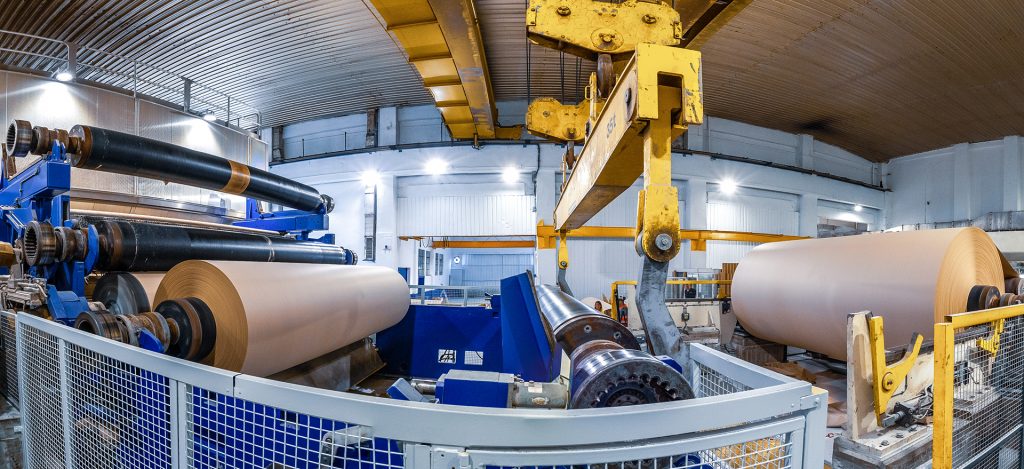
Voith as main supplier: a logical choice
The entire PM5 rebuild project has been managed by Voith. “We chose Voith because at Papresa, the machine had always been Voith, and we felt that rebuilding the machine, at an information level, was much simpler because it had all the data from the machine. Some parts have been done with other suppliers such as Valmet and Andritz, but on residual equipment.”
“With Voith, we had an experienced technology partner on our side for the PM5 conversion, as they not only know our plant and our requirements, but also have extensive experience in rebuilding sustainable paper machines,” stresses Miguel Sanchez.
In addition, Papresa has been able to benefit from Voith’s expertise in production efficiency through Papermaking 4.0 tools and state-of-the-art digital technology, such as advanced process control and visualisation, as well as remote maintenance solutions. “Voith’s expertise and the many years of close cooperation have paid off: both the conversion and the conversion went smoothly.
Reorientation of the company towards a new market
When asked about the main difficulties encountered in a project of this magnitude, Miguel Sánchez is very clear. For a company that had always been 100% dedicated to newsprint, the first challenge was to orientate the company towards a new market that was totally unknown to all departments; not only in terms of manufacturing, but also commercial, management, purchasing, organisation and quality, among others.
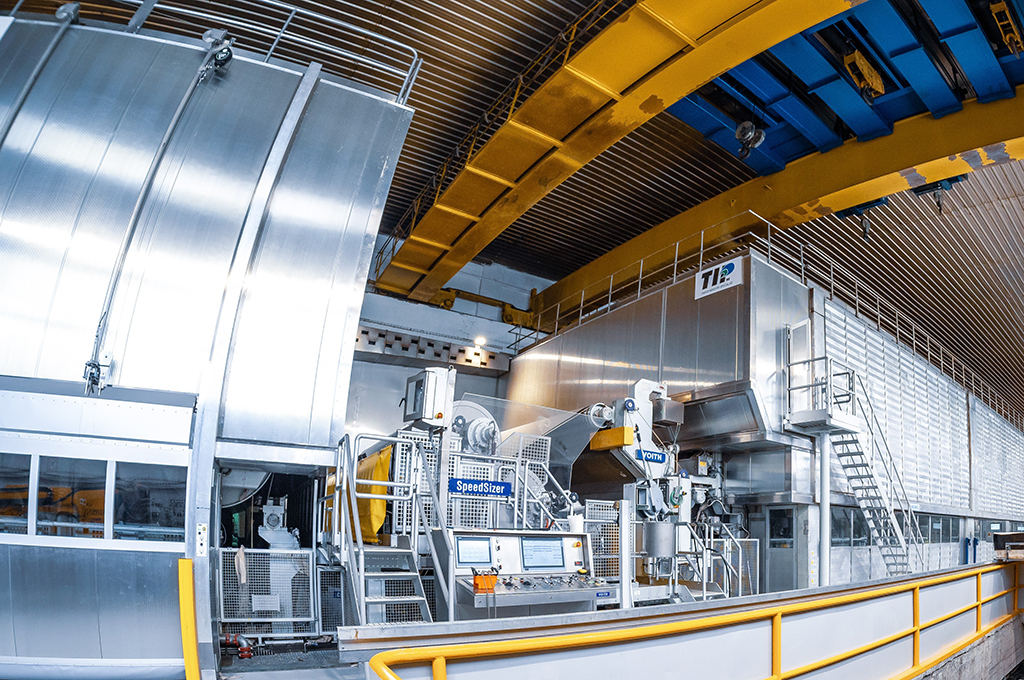
“We are not only making an investment in new machinery: everything has been modified, with the associated investments and a new quality laboratory. Part of the investment plan was logically related to quality, which means new staff, staff training, etc.”.
“The biggest challenge was to reorient the company towards a new market”
The laboratory was completed in April 2021. It is a completely new facility, with new instruments, suitable for producing a different variety of paper and serving a different market. The investment in the laboratory, commissioned to the Basque company IDM Test, involved an investment of approximately one million euros.
The conversion of machine 5 was carried out at a complex time
Technically, the difficult part was the desert crossing in 2021,” Sánchez admits, “when we started to make packaging paper on machine 5 without being converted, selling a standard low-weight fluting to start opening up the market at a difficult time, with the complications that occurred during this period: pandemic, rising raw material costs, energy costs and, at the end of this year, with the geopolitical situation of the war in Ukraine, which is affecting the markets, the economic-financial situation and, above all, energy costs”.
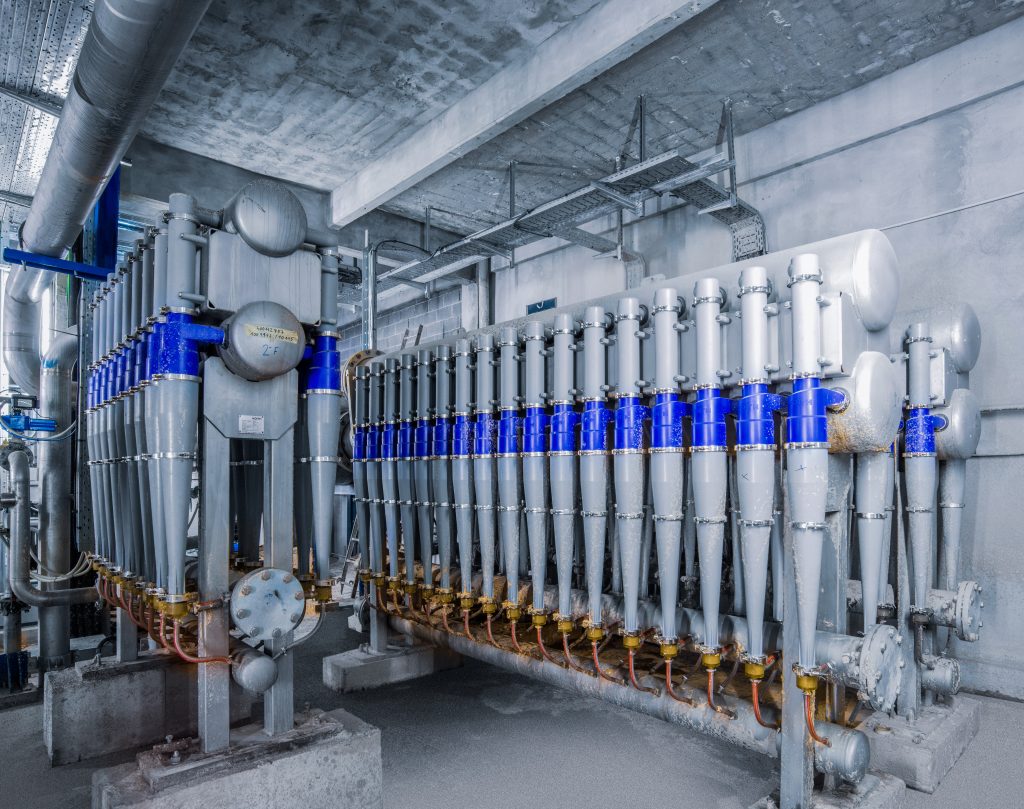
The challenge of soaring energy costs
Like all energy-intensive factories, Papresa is affected by the extraordinary rise in energy prices. “We are making investments linked to improvements in electricity costs, looking for suppliers and solutions that allow us to increase our energy efficiency and, on the other hand, we are exploring all the alternatives that exist in the market to obtain cheaper energy, both electricity and gas. As in the paper sector as a whole, the situation forces us to pass on the cost of energy to the price of paper, it is the only solution,” admits Sánchez.
“On the other hand, we are looking to improve our energy efficiency in the investments we are making, both in machine 5 and in the OCC line and in the new treatment plant, with equipment that consumes less energy,” says Sánchez. The star project from the point of view of energy efficiency is the generation of green biogas in the treatment plant, which will be reused in the boilers to make steam for the paper machines.
“The fact that we had to increase the production capacity of machine 5 after the conversion meant that we had to install a new boiler to meet the steam requirements. We decided to invest in a state-of-the-art boiler with a hybrid burner from Umisa, which will be able to use both natural gas and biogas from the sewage treatment plant.
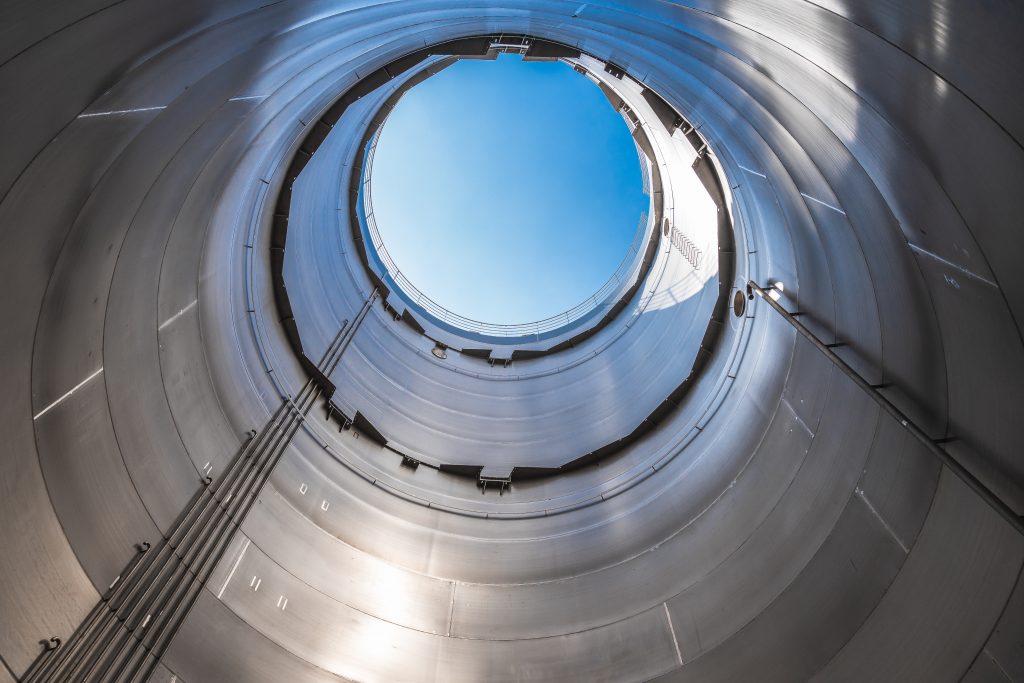
The investment, realised in record time
“We bought the company in October 2020. In December 2020, we had already closed the strategic plan and in January 2021 we had formalised the investment plan. Today, we are almost 85% of the way through the plan,” says Sánchez. “If we had not been quick, it would have been very complicated to carry out the planned investments, because everything is affected: from the lack of raw materials to the increase in costs related to the investments”. Many companies that had planned investments have stopped or delayed them. “We were lucky, we moved fast and were able to finish the conversion of machine 5 in the first quarter. We also finished the new OCC plant – a complete recovered paper line – and we only need to complete the new wastewater treatment plant. If all goes well, it will be finished in October,” he concludes.